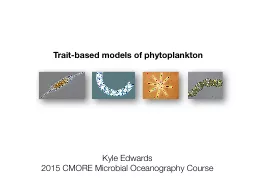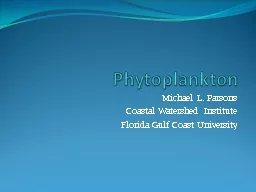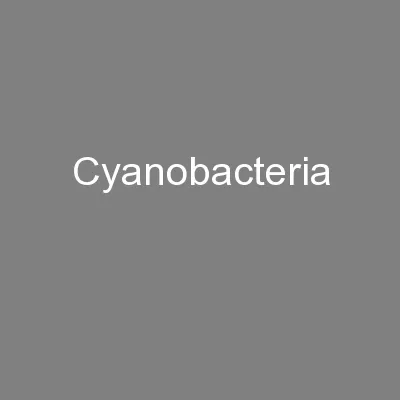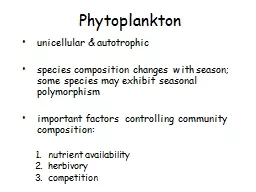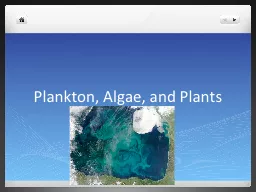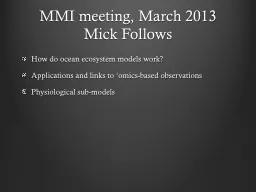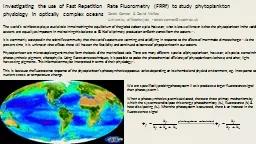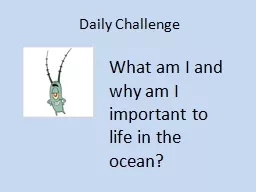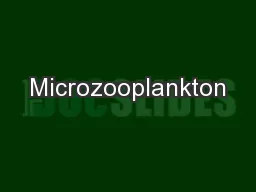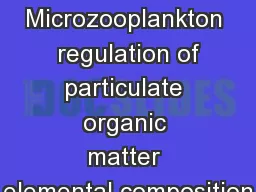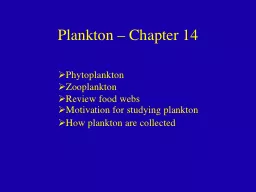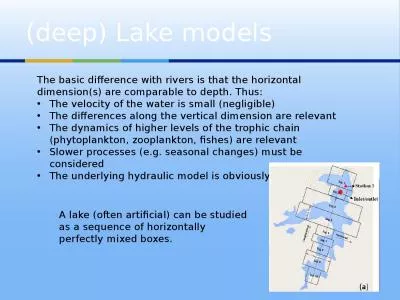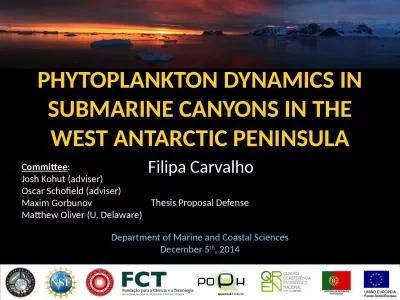PPT-Trait-based models of phytoplankton
Author : debby-jeon | Published Date : 2017-04-14
Kyle Edwards 2015 CMORE Microbial Oceanography Course Modeling phytoplankton why Central players in ocean ecosystem biogeochemical processes We need models to test
Presentation Embed Code
Download Presentation
Download Presentation The PPT/PDF document "Trait-based models of phytoplankton" is the property of its rightful owner. Permission is granted to download and print the materials on this website for personal, non-commercial use only, and to display it on your personal computer provided you do not modify the materials and that you retain all copyright notices contained in the materials. By downloading content from our website, you accept the terms of this agreement.
Trait-based models of phytoplankton: Transcript
Download Rules Of Document
"Trait-based models of phytoplankton"The content belongs to its owner. You may download and print it for personal use, without modification, and keep all copyright notices. By downloading, you agree to these terms.
Related Documents

